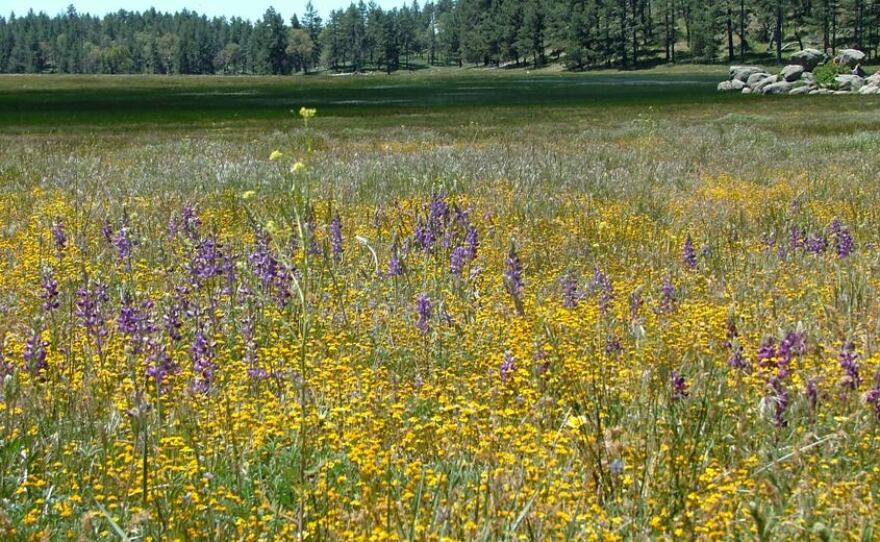WASHINGTON (AP) - The Obama administration says new rules to manage nearly 200 million acres of national forests - 20 million acres in California - will protect watersheds and wildlife while promoting uses ranging from recreation to logging.
The new rules, to replace guidelines thrown out by a federal court in 2009, are set to be released Thursday by Agriculture Secretary Tom Vilsack. A summary was obtained by The Associated Press.
Vilsack said in an interview that the rules reflect more than 300,000 comments received since a draft plan was released last year. The new rules strengthen a requirement that decisions be based on the best available science and recognize that forests are used for a variety of purposes, Vilsack said.
"I think it's a solid rule and done in a collaborative, open and transparent way," he said.
The guidelines, known as a forest planning rule, will encourage forest restoration and watershed protection while creating opportunities for the timber industry and those who use the forest for recreation, he said.
Vilsack, who has pledged to break through the logjam of political conflict over forest management, said the new regulation's emphasis on science and multiple uses should allow it to stand up to likely court challenges from environmental groups or the timber industry.
"I am hopeful and confident that it will stand scrutiny," he said.
Forest Service Chief Tom Tidwell said the guidelines would allow land management plans for individual forests to be completed more quickly and at a lower cost than under current rules, which date to the Reagan administration.
Several attempts to revise the 1982 planning rule have been thrown out by federal courts in the past decade. Most recently a Bush administration plan was struck down in 2009. Environmentalists had fought the rule, saying it rolled back key forest protections.
The Obama administration did not appeal the ruling, electing to develop a new forest planning rule to protect water, climate and wildlife.
Under the new rule, forest plans could be developed within three to four years instead of taking up to seven years, as under current guidelines, Tidwell said.
"We really can protect the forest at lower cost with less time," he said.
The new regulation also should give forest managers more flexibility to address conditions on the ground, such as projects to thin the forest to reduce the risk of wildfire, Tidwell said.
"We'll be able to get more work done - get more out of the forest and create more jobs," while at the same allowing greater recreational use, Tidwell said. Recreational use of the forest has grown exponentially in recent years.
Like Vilsack, Tidwell said he is optimistic the new plan will stand up to scrutiny from environmental groups and the timber industry, both of which have challenged previous planning rules in court.
"I'm optimistic that folks will want to give it a shot," Tidwell said.
The 155 national forests and grasslands managed by the Forest Service cover 193 million acres in 42 states and Puerto Rico. Balance between industry and conservation in those areas has been tough to find since the existing rules went into effect three decades ago.
At least three revisions of the rules have been struck down since 2000.
The planning rule designates certain animal species that must be protected to ensure ecosystems are healthy. However, the rule became the basis of numerous lawsuits that sharply cut back logging to protect habitat for fish and wildlife.
Meanwhile, the timber industry has continued to clamor for more logs, and conservation groups keep challenging timber sales, drilling and mining projects.
Tom Partin, president of the American Forest Resource Council, a timber industry group, said his members will review the final rule to see if it follows a federal rule to manage forests for a diversity of plants and animals - not in a manner that places a single use or species above all else.






